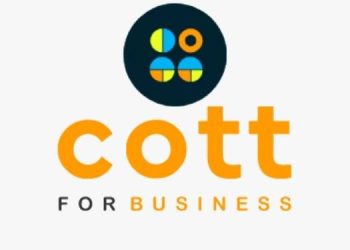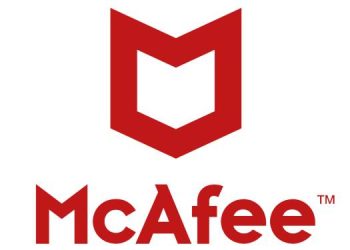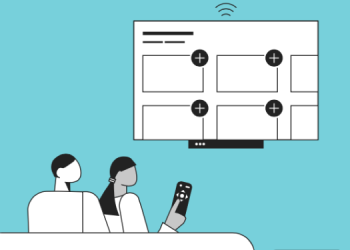Mumbai: As the 2024 Lok Sabha elections come to a close, Bobble AI’s Market Intelligence report has unveiled insights into the growing influence of digital news and social media on India’s political landscape.

Bobble AI, a keyboard platform, aimed to understand how people are leveraging social media and digital news to discuss politics. The report draws comparisons between 2024 and 2023 data for news consumption, and between 2024 and 2022 for political conversations. The study, which analysed data from over 100 million users of Bobble AI’s Keyboard Platform in a privacy-compliant manner, was conducted by Bobble AI’s market intelligence division using first-party data.
A key finding of the study is that as the elections approached, there was a marked increase in interest in national news over local news.
Comparing data from March 2023 and March 2024, the study reveals an increase in the open rates for national news platforms, while regional news platforms experienced a comparative decline. This shift underscores the electorate’s growing focus on national issues during the election period.

The average session time per user, defined as the time each active user spends on news apps, showed a decrease of over 30% for regional news platforms. Conversely, national platforms saw an increase of about 50% in the average session time spent by users. This insight, along with the open rate data, suggests that new users are becoming active on national news platforms and spending more time on them as the general elections approach.
Political conversations on social media platforms surged dramatically. Discussions on “X” increased by almost 100%, likely driven by heightened activity from political parties and stakeholders. Other platforms like Facebook, Instagram, and WhatsApp also saw substantial growth in political engagement, with WhatsApp maintaining high levels of political discourse.
Google searches related to politics nearly doubled, reflecting a growing need for political awareness. Users searched for information on political leaders, parties, and their popularity in specific constituencies.

The frequency of political mentions also rose significantly. The highest increase was observed on “X,” followed by Facebook. This trend indicates that new users are engaging with political content at a rate similar to that of existing users. Google searches for political topics saw a single-digit increase, which is notable given the already high baseline of political searches.
Conclusion: Bobble AI’s report emphasises the role of technology and digitization in shaping the political landscape. As political stakeholders leverage digital platforms to connect with the electorate, particularly the youth, digital news and social media have become indispensable tools for electioneering.
Tabrez Alam, chief strategy officer, Bobble AI, said, “It’s interesting to note how digital news platforms have democratised the politics in the country, simultaneously opening a new avenue for marketers to think beyond the traditional news media”.
The report highlights that digital mediums have ensured higher participation of the average voter in the election process, thereby strengthening democracy. More and more people are expressing their opinions on social media platforms such as “X” and Facebook, where the public is actively redefining the creation of public opinion.
The digitisation of political discourse has also opened an extremely exciting avenue for advertisers to associate with news platforms as political events take the spotlight in the state. The report suggests that economics is not only a major election issue but economics can also be a benefactor of electioneering in terms of advertising revenue and marketing economy.

















